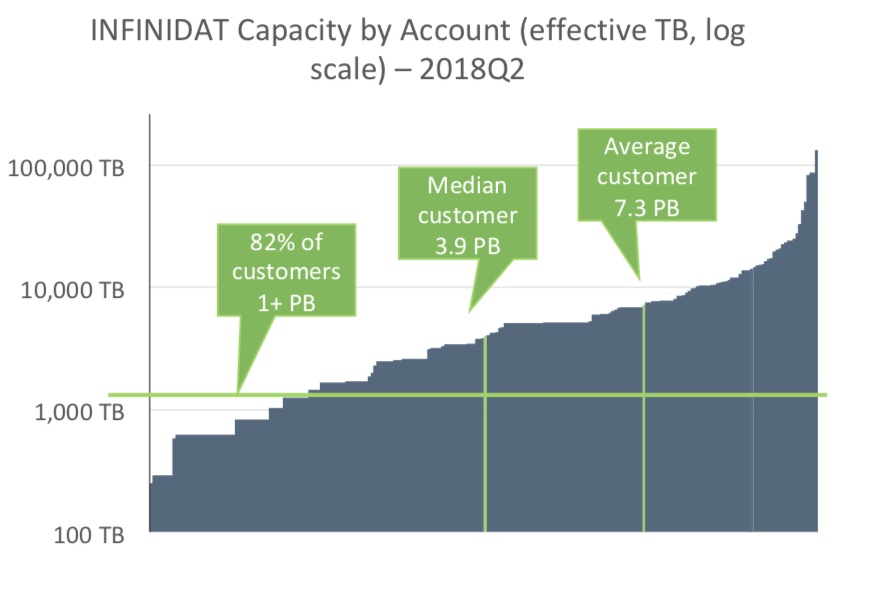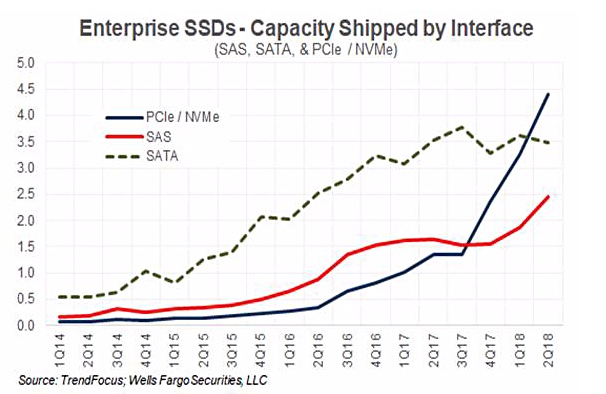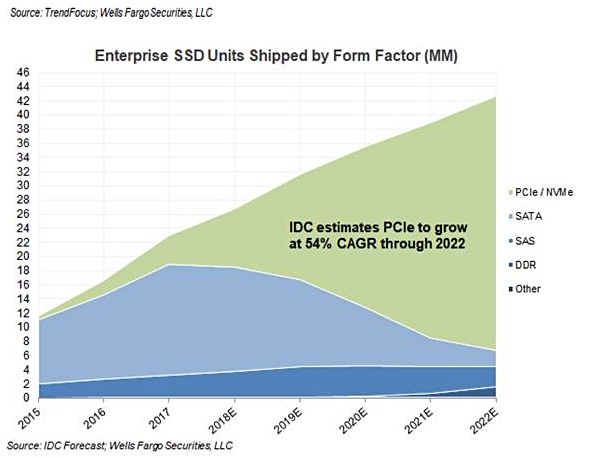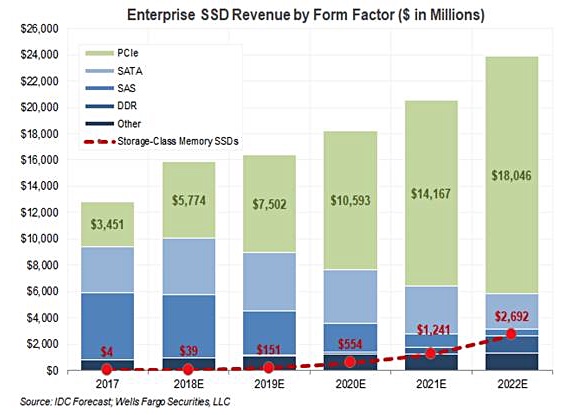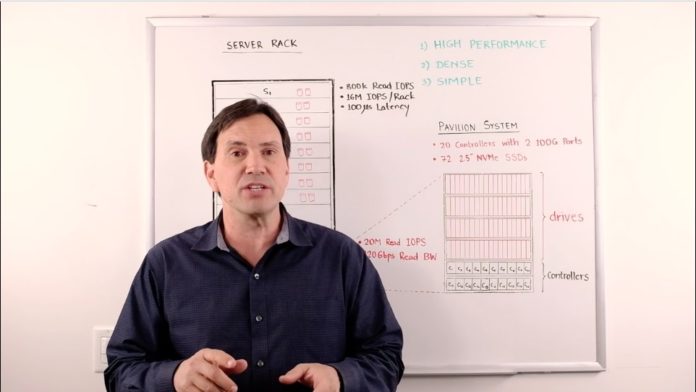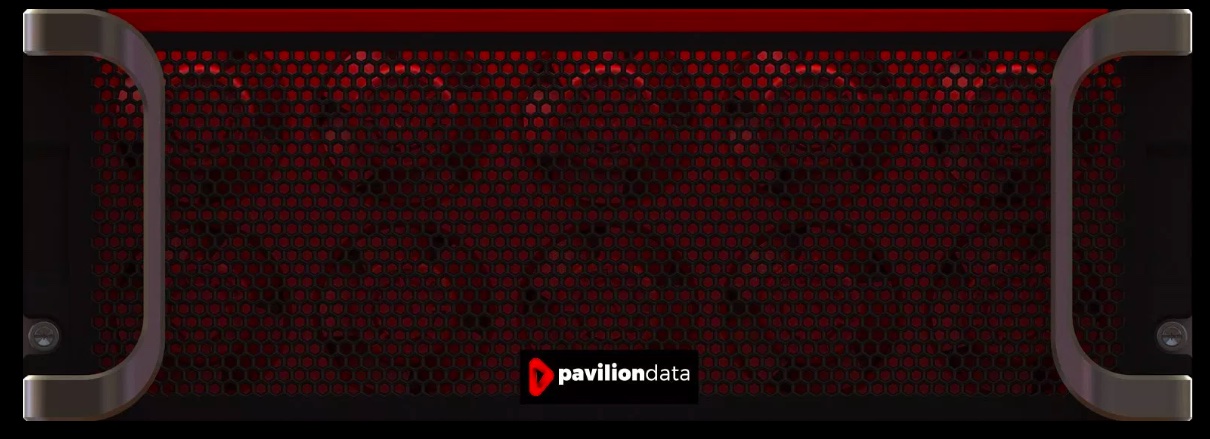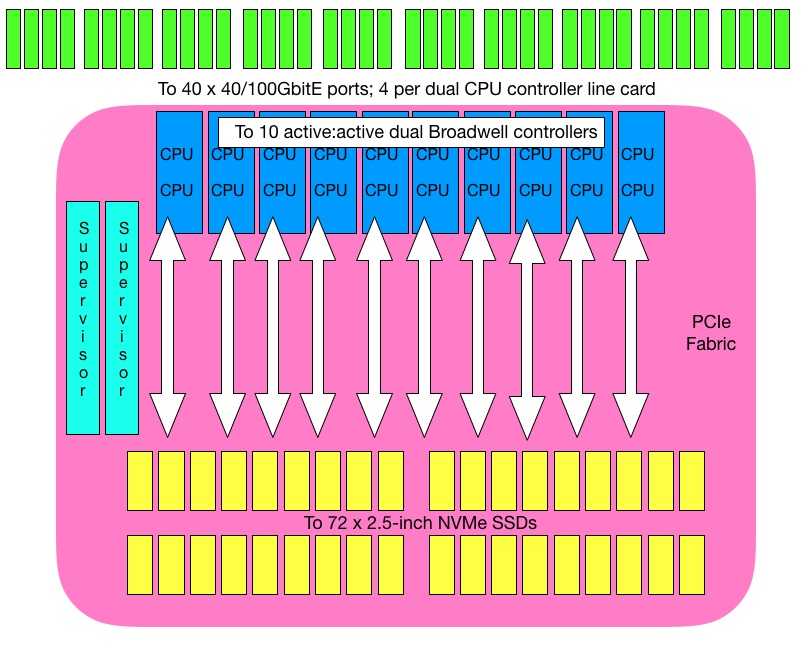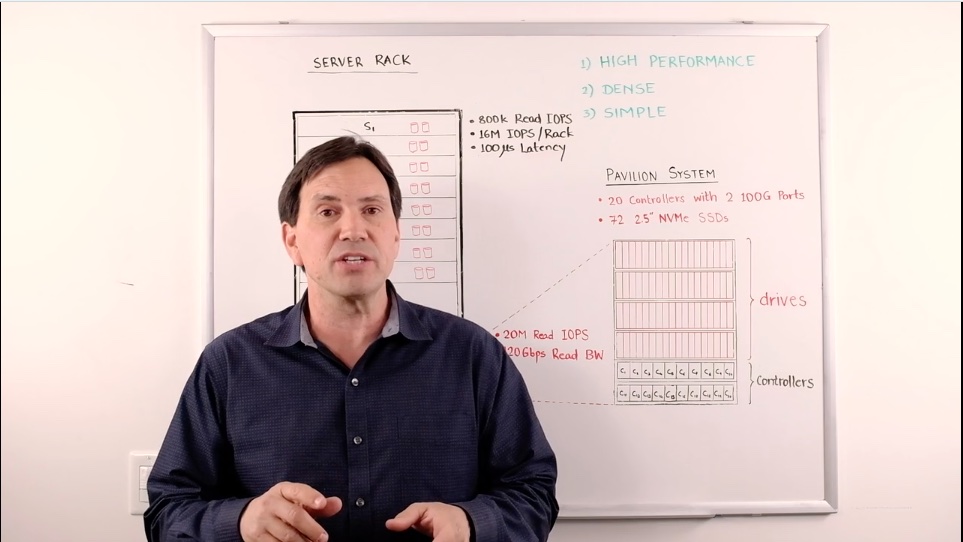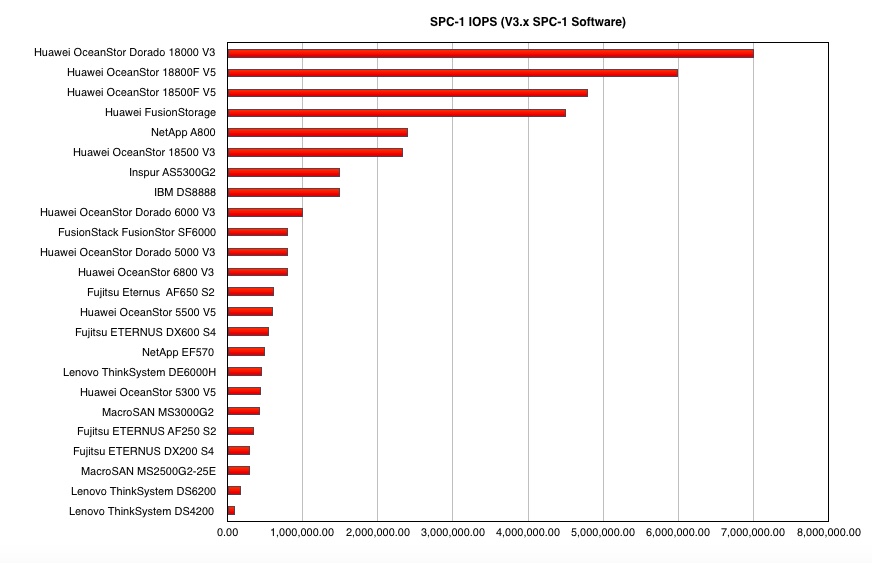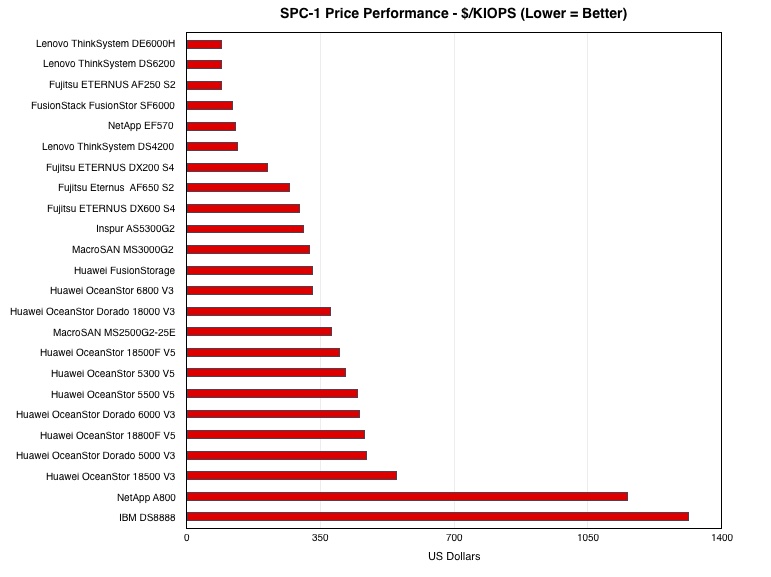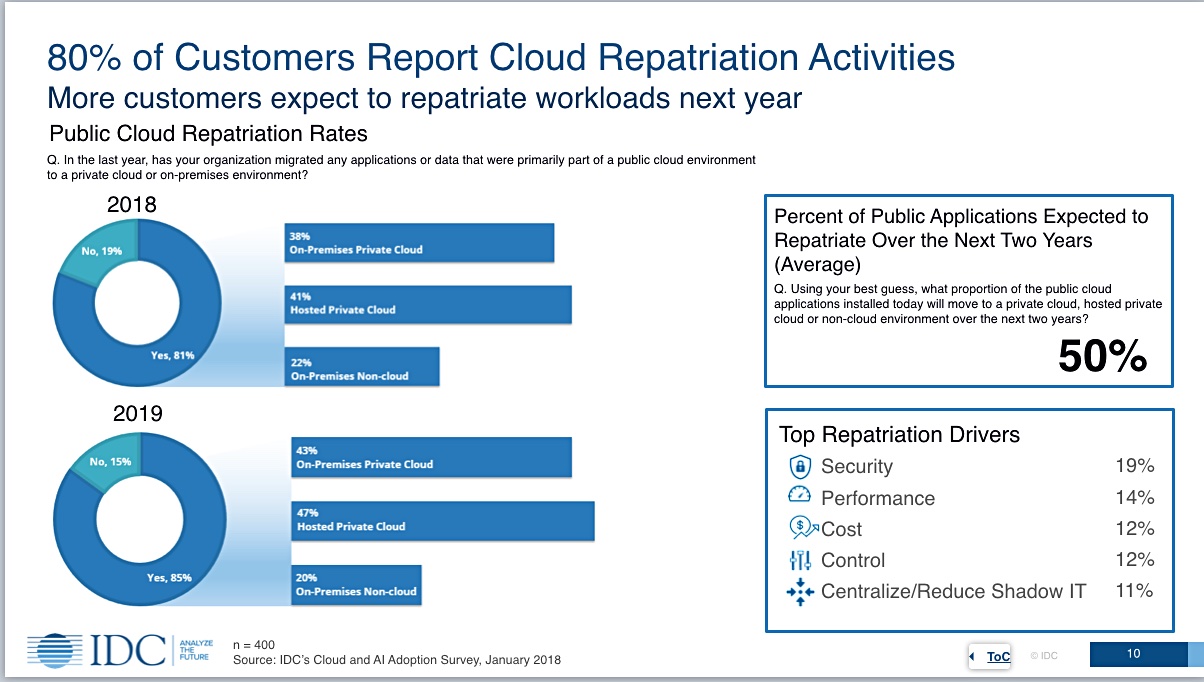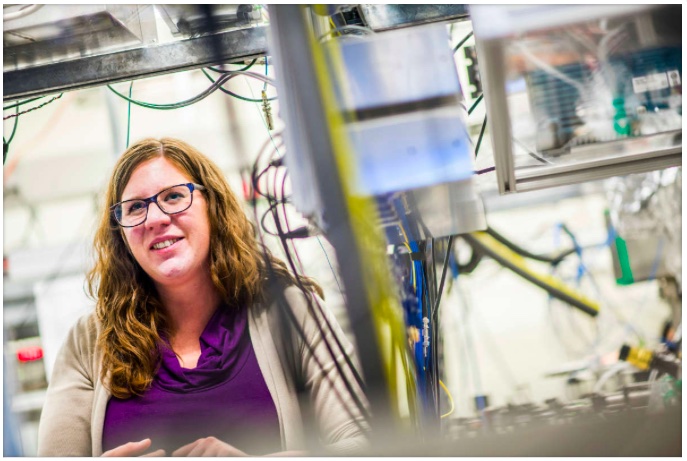Ceph, the open source storage software platform, has gotten its very own foundation. Just like Linux.
The Ceph Foundation is organised as a directed fund under the Linux Foundation. It “will organise and distribute financial contributions in a coordinated, vendor-neutral fashion for immediate community benefit. This will help galvanise rapid adoption, training and in-person collaboration across the Ceph ecosystem.”
The foundation is the successor to the Ceph Advisory Board, which was formed in 2015 by Canonical, CERN, Cisco, Fujitsu, Intel, Red Hat, SanDisk, and SUSE.
Thirty vendors and academic institutions have joined the Ceph Foundation. They include Canonical, China Mobile, DigitalOcean, Intel, OVH, Red Hat, SoftIron, SUSE, Ubuntu and Western Digital.
We trust the new organisation will help to speed up Ceph software development, which has moved at a stately pace so far.
Jim Zemlin, executive director of the Linux Foundation, said: “Under the Linux Foundation, the Ceph Foundation will be able to harness investments from a much broader group to help support the infrastructure needed to continue the success and stability of the Ceph ecosystem.”
Tim Massey, CEO of HyperDrive developer Softiron, told us the launch of the Ceph foundation “demonstrates the strong support from the open source community for Ceph. Like other open source projects, once they achieve critical mass, they become the de facto standard for the category. There is a massive amount of Ceph in production around the globe, and I believe that Ceph will inevitably dominate the storage industry.”
Ceph: Inevitable or…evitable?
In a press statement, Softiron argues that “it’s safe to say [Linux] won because it is open, flexible, and widely embraced by the global developer community. And herein lies the argument for why Ceph will fulfil a Linux-like destiny in open-source software-defined storage, because it delivers a similarly feature rich and extremely flexible platform that is already widely embraced.”
Blocks and Files notes that the bulk of software-defined storage innovation currently takes place in venture-funded startup land, outside the world of Ceph.
Let’s set out some examples:
- WekaIO and its claimed world’s fastest file system
- Elastifile hybrid high-performance file system
- Excelero and NVMESH software
- OpenIO and object storage using serverless computing
- Portworx and container storage
- Qumulo CoreOS scale-out file system available on Amazon
- StoreONE and re-written storage stack
- Multiple storage data management startups; Actifio, Cohesity, Delphix, Hammerspace, Rubrik and others
Some suggest Linux took over the Unix world because there was little differentiation between Unix distributions. Also writing enterprise-class operating systems for commodity X86 server hardware is a long and hard effort. In comparison re-writing storage stack software is less onerous and the differentiation between products large.
Cephalopods will disagree with the above observation. But it does not seem to us that Ceph is inevitably inevitable. Also in focusing on medium-speed storage need, the community could even restrict itself to a not-state-of-the-art storage backwater.
The Ceph Foundation hosts the second Cephalocon conference in Barcelona, Spain from May 19 – 20, 2019, co-located with KubeCon + CloudNativeCon 2019, May 20-23.





